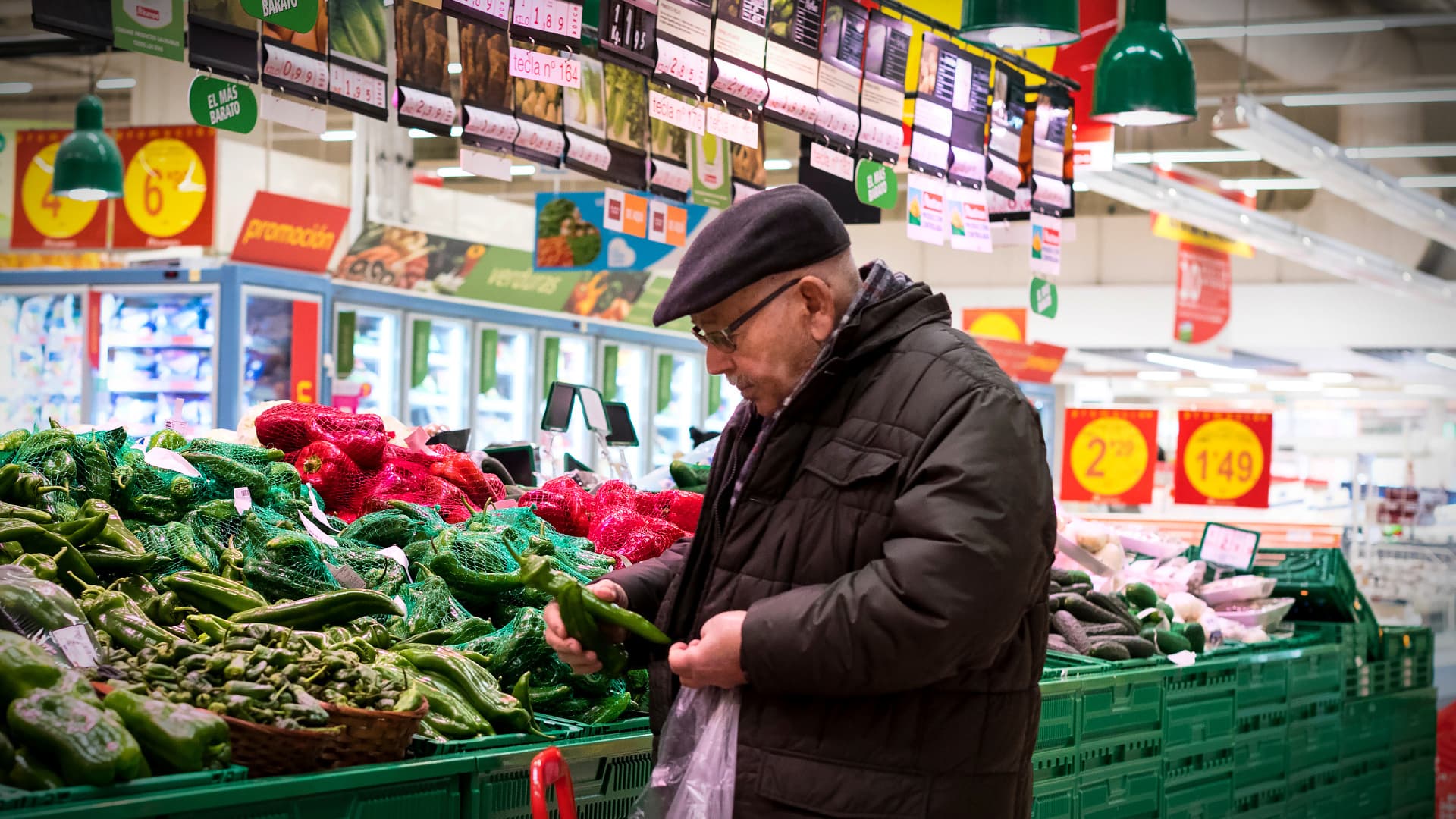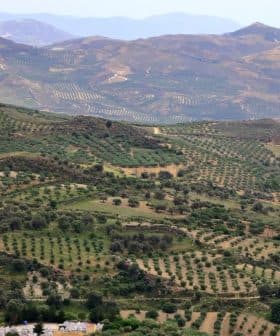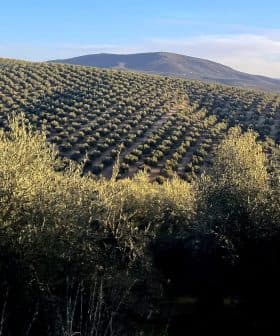Spanish Officials Raise Alarm Over Rising Olive Oil Prices While Calling for Calm

Rising olive oil prices in Spain have led to record-high prices at origin, with extra virgin olive oil reaching €8.300 per kilogram. As a result of lower production, domestic sales have declined, prompting Spanish exporters to seek new markets abroad, such as China and India.
Officials from the Spanish Ministry of Agriculture, Fisheries and Food have raised the alarm over rising olive oil prices, a trend that is turning a major staple in most Spanish households into a gourmet product.
At the time of writing, extra virgin olive oil prices at origin reached a new record high of €8.300 per kilogram, 115 percent higher than at the same time last year. Virgin olive oil and lampante have also dwarfed last year’s prices, hitting all-time highs of €7.638 and €7.313 per kilogram, respectively.
The good news is that we have managed to continue supplying the national and international markets, and if it rains in the coming weeks, it would be excellent news for the next campaign.
According to local media and various officials, the high prices at origin have translated into olive oil selling for €10 per liter or more on supermarket shelves.
“Anything below that figure would be a loss,” César Lumbares, the director of the agricultural news publication Agropopular, wrote in an editorial. “The reality is very simple: olive oil goes up in price, fundamentally, because there is, and will be, very little, and it is scarce.”
See Also:Olive Oil Prices Soar in GreeceWhether rain falls across the country’s olive groves between now and November will impact how high prices rise. Analysts expect prices to continue to rise through next year.
As a result of lower production, domestic sales have declined. Olive oil sales decreased by 20 percent in the first six months of 2023, reaching nearly 126 million liters, according to the National Association of Edible Oil Bottlers and Refiners Industrialists (Anierac).
In total, 307 million liters of oil were put on the market, about 9 percent less than in the first half of 2022. Since the current crop year began in October, Anierac members have put 15 percent less olive oil on the market, about 200 million liters.
However, experts believe that the demand for olive oil remains the same, with many consumers deciding to use less olive oil instead of completely switching to another edible oil.
Additionally, poor harvests across the western Mediterranean mean Spain increasingly fulfills demand from markets abroad, placing additional pressure on domestic prices.
Juan Vilar, a strategic consultant for the sector, told Olive Oil Times in a May 2023 interview that consumers in Canada, Germany, Brazil, the United States and other wealthy countries would “continue to consume olive oil because they are used to paying €10 [or more] at the supermarket without any problem.”
While international sales volumes are on pace to reach their lowest total in recent years, Spanish exporters continue seeking new markets.
In June, the Andalusian Committee of Organic Agriculture (CAAE), Spain’s oldest organic certification body, signed a deal with its Chinese counterpart to increase Spanish organic exports to the world’s second-largest economy.
In the same month, Extenda, the Andalusian government’s office of exports and foreign investment, organized a series of meetings in Delhi and Mumbai to promote Spanish olive oil in India, representing a market opportunity of 300 million potential consumers.
Currently, India is the fourth Asian destination for Spanish olive oil. In the first quarter of 2023, India’s imports of olive oil from the Andalusia region of Spain alone was €9.9 million, up 31 percent from the same period last year.
Several recent trade delegations from Andalusia to Japan have also sought to promote the reputation of Spanish olive oil in the world’s third-largest economy.
Back in Spain, Luis Planas, the acting minister of agriculture, fisheries and food, told an informal meeting of Community Agriculture Ministers in Córdoba that the high price of extra virgin olive oil must be faced with “realism and not hysteria” since it is of a crop with alternating harvest volumes and trusts in the rains.
“The good news is that we have managed to continue supplying the national and international markets, and if it rains in the coming weeks, it would be excellent news for the next campaign,” he added. “Olive oil is present and must continue to be present in the diet of Spanish families.”
In the short term, dwindling olive oil stocks will continue to pressure prices. The latest market data published by Spain’s Ministry of Agriculture, Fisheries and Food show that olive oil stocks fell to 383,000 tons at the end of July.
By comparison, stocks at the end of July 2022 sat at 698,000 tons, finally arriving at 454,600 tons in September 2022, the last month of the 2021/22 crop year.
Some observers have even said Spain could run out of olive oil by October based on the current consumption rate.
“The reality is that there is very little olive oil stored and that the production forecasts for the next campaign, which will begin in a month, are bad,” Lumbares wrote.
Imports can help make up for some of the shortfalls. In April 2023, Spain’s olive oil exports accounted for up to €17.9 million, and imports accounted for up to €19.7 million, resulting in a negative trade balance of €1.79 million. Imports increased by 2.22 percent compared to the same period last year.
According to data from Spain’s agriculture ministry, imports reached 168,900 tons in the first 10 months of the 2022/23 crop year, already 6 percent above the average of the previous four crop years.









